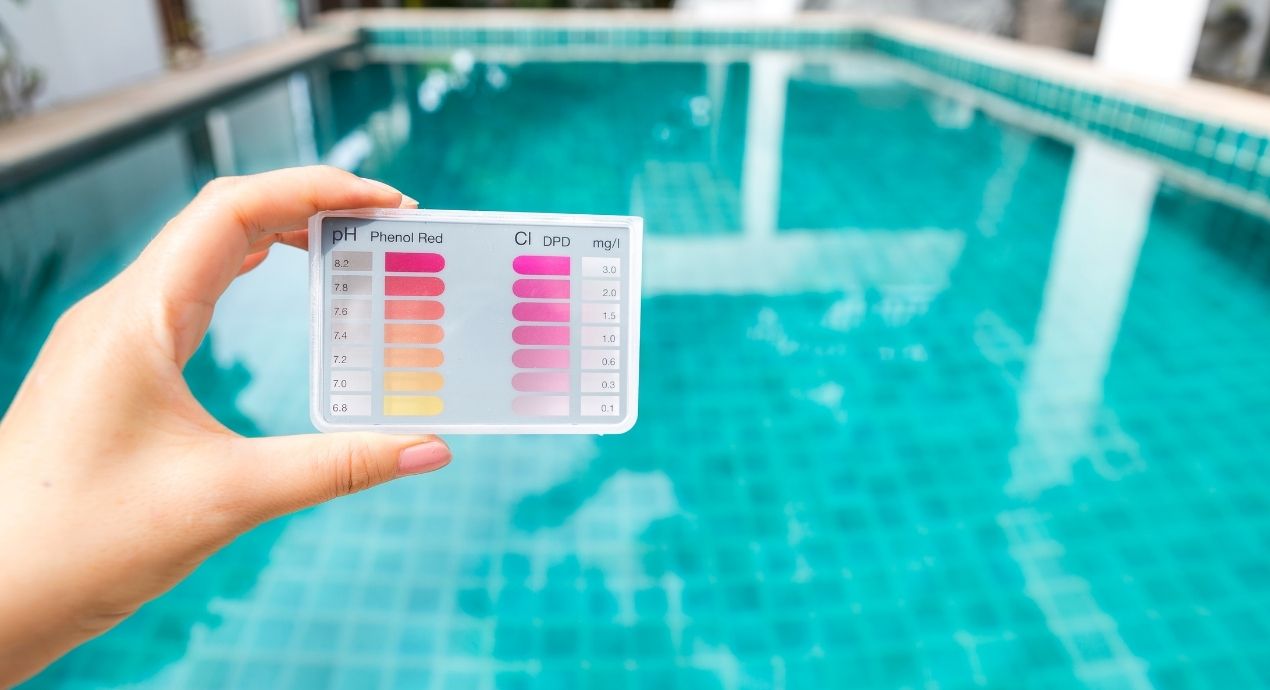
Contemplating coverage?
Subscribe to receive our emails & get
$200 off!
Have questions?
Call us: (833) 544-8273


Written By Erin Easley
Updated June 2021
As the days lengthen and the weather warms, homeowners who are lucky enough to own a pool have the itch to reopen it for the summer season. Some homeowners, especially new ones, may have limited knowledge of home swimming pool maintenance, but reopening a pool is a manageable task for most to accomplish by themselves. Whether you want to learn how to open an above-ground pool or an inground pool, this article will provide you with the information you need.
The first question a pool owner may have is: When is the best time to open my swimming pool? The appropriate time depends on where you live. If you open your pool too early in the spring, you may have a problem with frost damage when temperatures drop at night. There is also the risk of excessive accumulation of pollen. If you open your pool too late in the season, you may find that algae have begun to bloom in the water. The best time to open your pool is when the daytime temperature is reliably above 70 degrees.
Once you have decided it’s appropriate to open your pool for the season, your next question likely is: How do I bring my pool back to life? You’ll need to follow these steps.
If you’ve followed the steps above, you’re aware of the complexity of your pool and the expensive devices and systems that keep it functioning. To spare yourself the financial trouble when something in your pool needs to be repaired or replaced, considering a home warranty with pool coverage from Liberty Home Guard.
Call us today at (866) 699-4589 or reach us online. We have a wide variety of affordable plans available so you can find the exact plan that works for you.
Stay Ahead of Potential
Home Mishaps!
Subscribe to our Liberty Home Guard Newsletter and gain access to exclusive content that ensures your peace of mind.